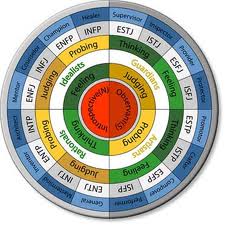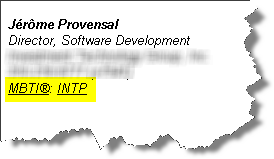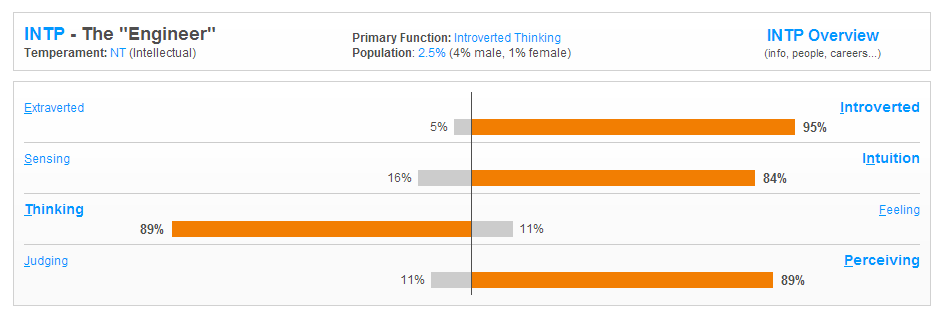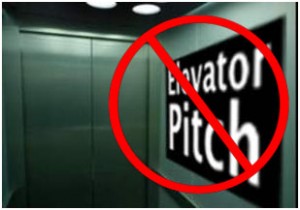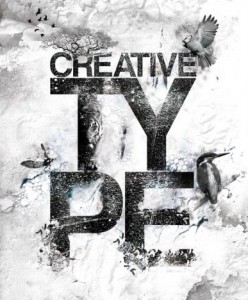Meditation Makes You More Creative!
(This is the second installment of my “Unconventional Innovation Boot Camp” series)
ARE YOU BRAINDEAD, TRAINEE?! I’m going to make innovators out of you! Drop down, sit with your legs crossed and do some MEDITATION!
Ugh?! Read on…
A recent study, has shown that certain meditation techniques can promote creative thinking. The study, conducted by cognitive psychologist Lorenza Colzato at Leiden University, clearly demonstrates that meditation is not only for relaxation but can have long-lasting effect on human cognition including the much coveted creativity that every innovator should care about.
I could also drop names from the likes of Steve Jobs (who encouraged Apple’s employees to learn meditation to “boost their creativity“) or Oprah Winfrey (who practices Transcendental Meditation) or David Lynch (who started meditation in 1973, and says “It has given me effortless access to unlimited reserves of energy and creativity“), but I will let the study speak for itself.
Two main ingredients of creativity:
divergent and convergent thinking
As reported in this blog before, creativity is often seen as having 2 main ingredients: divergent and convergent styles of thinking. The study investigated the influences of 2 different types of meditative techniques: Open Monitoring meditation and Focused Attention meditation. The researchers matched and measured the 2 techniques as follows:
| Creativity Ingredient | Meditative Technique |
| Divergent thinking Divergent thinking allows many new ideas to be generated. It is measured using the so-called Alternate Uses Task method where participants are required to think up as many uses as possible for a particular object, such as a pen. |
In Open Monitoring meditation the individual is receptive to all the thoughts and sensations experienced without focusing attention on any particular concept or object.This technique helped the participants perform better in divergent thinking, and generated more new ideas than previously |
| Convergent thinking Convergent thinking, on the other hand, is a process whereby one possible solution for a particular problem is generated. This method is measured using the Remote Associates Task method, where three unrelated words are presented to the participants, words such as ‘time’, ‘hair’ and ‘stretch’. The participants are then asked to identify the common link: in this case, ‘long’. |
In Focused Attention meditation the individual focuses on a particular thought or object.Unfortunately, this technique had no significant effect on convergent thinking leading to resolving a problem. |
If you are not convinced by this single study, there are actually hundreds of studies all pointing in the same direction: there’s a strong link between meditation and creativity.
Tons of scientific studies on meditation
Of course, if you were to approach a Tibetan monk, and ask him whether he meditates for the sake of creativity, he will probably give you one of his typical smiles. People practicing meditation do it for a whole range of reasons since its benefits, both psychological (for stress, anxiety, cognitive function, depression, addiction, problem eating, focus, clarity, etc… ) and physiological (blood pressure, pain, stress markers, cellular health, sleep), have also been amply studied and are now being espoused by Western doctors, psychologists, etc…
Meditation has been practiced for thousands of years and the techniques themselves are fairly simple to master. That’s one of the wonderful things about meditation; it’s easy yet so profound since it can literally change our brain both structurally and functionally thanks to what is called neuroplasticity. Here’s a fascinating study from the NIH describing how one can alter one’s brain using meditation.
Google embraces Mindfulness Meditation
Such overwhelming scientific evidence hasn’t gone unnoticed by corporations interested in the overall well-being of its employees. Google for example has been promoting meditation for many years because of its many benefits but principally because of what is called: Emotional Intelligence (EI), vs. IQ, EI has been shown to be a great predictor of job performance.
Google is in fact such a believer in the powers of meditation that it has open-sourced its meditation program through the Search Inside Yourself Leadership Institute, so that individuals and corporations can benefit from the techniques of meditation that they have perfected. For more information, I would recommend that you read Google Chade-Meng Tan‘s wonderful book: Search Inside Yourself which advocates Mindfulness Meditation.
Some people might be reluctant to start meditation because they find it too “sect-like” or think that it requires them to switch their religious belief system. Nothing could be further from the truth in most cases! The same way one can practice yoga without believing in any of the Hindu gods, meditation and its many benefits can be experienced without any spiritual shift.
Do you want to try? Follow this mini-primer
If you wish to get a sample of what meditation feels like, here’s a mini-primer (inspired by the SIY book mentioned above)
- Find a place where you can sit comfortably (a train/subway/bus is actually OK)
- Take three slow, deep breaths to inject both energy and relaxation
- Now, breathe naturally and bring a very gentle attention to your breath by either focusing on your nostrils, abdomen or the entire body.
- Be aware of the in breath and out breath and the space in between.
- Think of this exercise as resting the mind on the breath. You can visualize the breath to be a pillow or a resting place, and let the mind rest on it.
- Just be.
- (This is important!) If at any time, you feel distracted by a sensation, thought or sound, just acknowledge it, experience it and very gently let it go. Then, bring your attention very gently back to the breathing. It will happen over and over again. Don’t look down on yourself as a result. Just keep on bring your attention back
- Feel free to continue as long as you want or better set a gentle alarm to let you know that the 5 or 10 minutes are over.
Are you convinced yet?
If you are interested to find out more, I would suggest that you read Search Inside Yourself or Google “meditation” since there are many resources out there. For example, headspace (and its related mobile app) offers a free program to teach you some of the basics in 10 days, 10 minutes a day.
Interested in pursuing meditation? Or maybe you already are a avid practitioner? Either way, I would love to hear from you. Please do share your thoughts in the comments section below.

